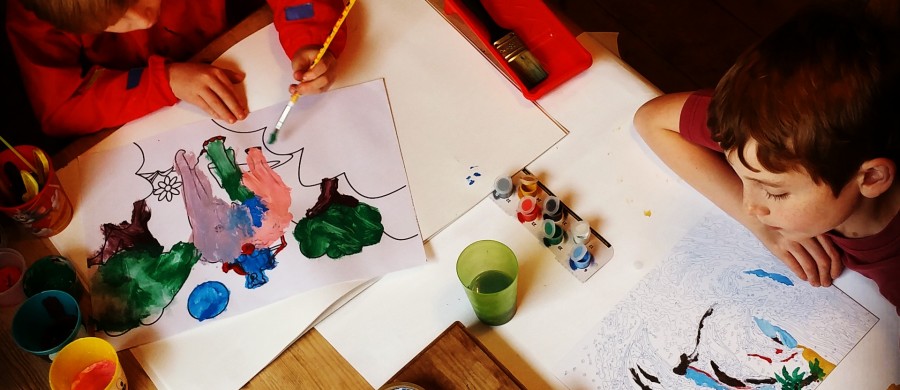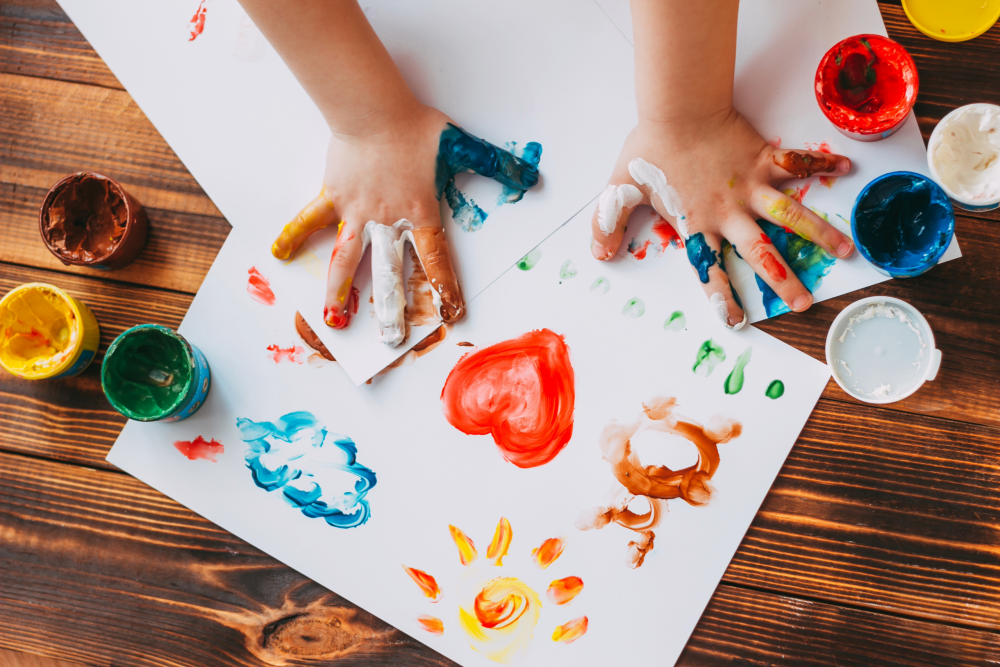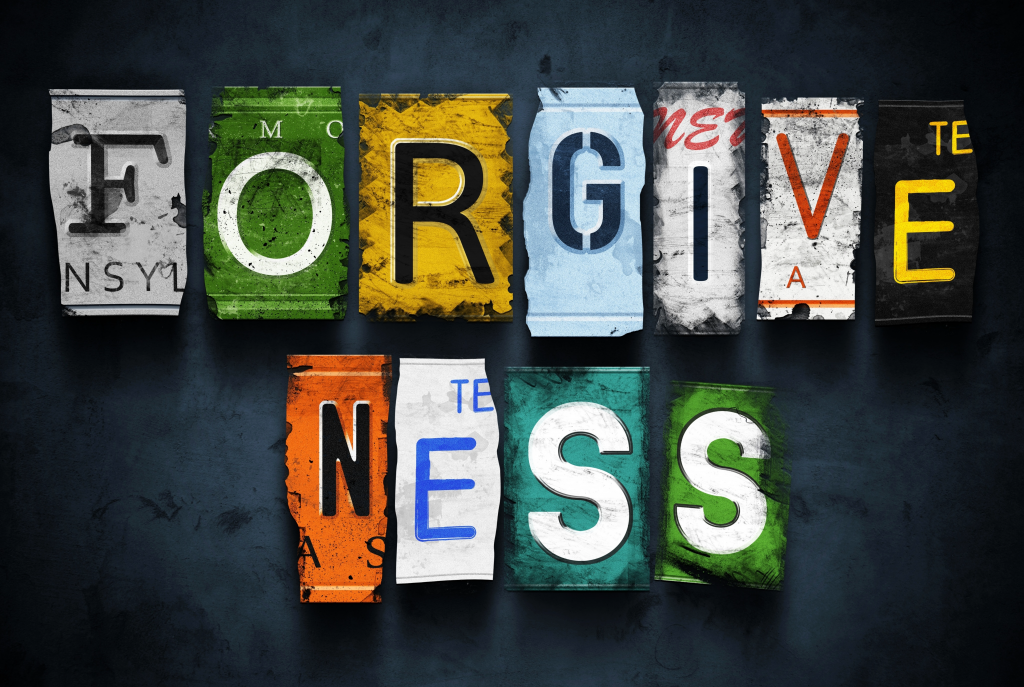Creative play and the arts support children’s emotional, social, and cognitive development — helping them build confidence, resilience, and a lifelong love of learning.
In a world that moves quickly and often values productivity over presence, the gentle power of play and creativity can be overlooked. Yet, it is through these very things — drawing, storytelling, dancing, singing, imagining — that children truly flourish.
From early childhood through adolescence, the arts and creative play offer so much more than just fun. They help build emotional resilience, encourage problem-solving, and create space for expression when words fall short.
Nurturing Emotional Intelligence
Children often don’t yet have the language to express what they’re feeling — but give them a paintbrush or a puppet, and suddenly, their inner world has a voice. Art allows emotions to surface gently and safely. Whether they’re working through anxiety, excitement, or sadness, creativity gives children a healthy outlet for expression, helping them build emotional awareness and empathy.
There is no “right” or “wrong” in creativity. A child who is allowed to paint outside the lines or invent a new ending to a story is quietly learning something powerful — that their ideas have value. This freedom fosters confidence, autonomy, and a strong sense of identity.
Play and the arts provide safe ground to try, fail, try again, and celebrate the doing rather than the outcome — a lesson that supports self-worth far beyond the playroom.
Boosting Brain Development
From holding a crayon to acting out a story, the arts engage both sides of the brain. They support fine motor skills, hand-eye coordination, memory, and cognitive flexibility. Creative play also improves focus and builds the neural pathways that children use for math, science, and reading.
Music, in particular, is shown to enhance language skills, rhythm, and pattern recognition — the building blocks of literacy and numeracy.

Strengthening Social Skills and Connection
Whether it’s a collaborative art project, a make-believe adventure, or a shared story, creativity brings children together. It teaches turn-taking, compromise, and empathy. They learn to listen to others’ ideas and express their own, all while building bonds that help them feel safe and seen.
Group art and play activities also open doors to talk about feelings, differences, and teamwork — essential life skills carried into adulthood.
Cultivating Imagination in a Digital Age
In an era of screens and structured schedules, unstructured creative time is more precious than ever. Imagination is the seed of innovation, and play is how children practice being creators — not just consumers — of their world. When we give them space to explore, imagine, and invent, we honour their curiosity and help them become critical thinkers and joyful learners.
Supporting Creativity at Home
You don’t need fancy supplies or classes to nurture a child’s creativity. A cardboard box, some crayons, dress-up clothes, or a kitchen band made of pots and spoons can provide endless opportunities for growth.
Above all, give them your time. Sit with them as they draw, listen to their made-up stories, let them lead the play. You’ll be giving them something far more important than just entertainment — you’ll be helping them grow into emotionally resilient, confident, and creative humans.



